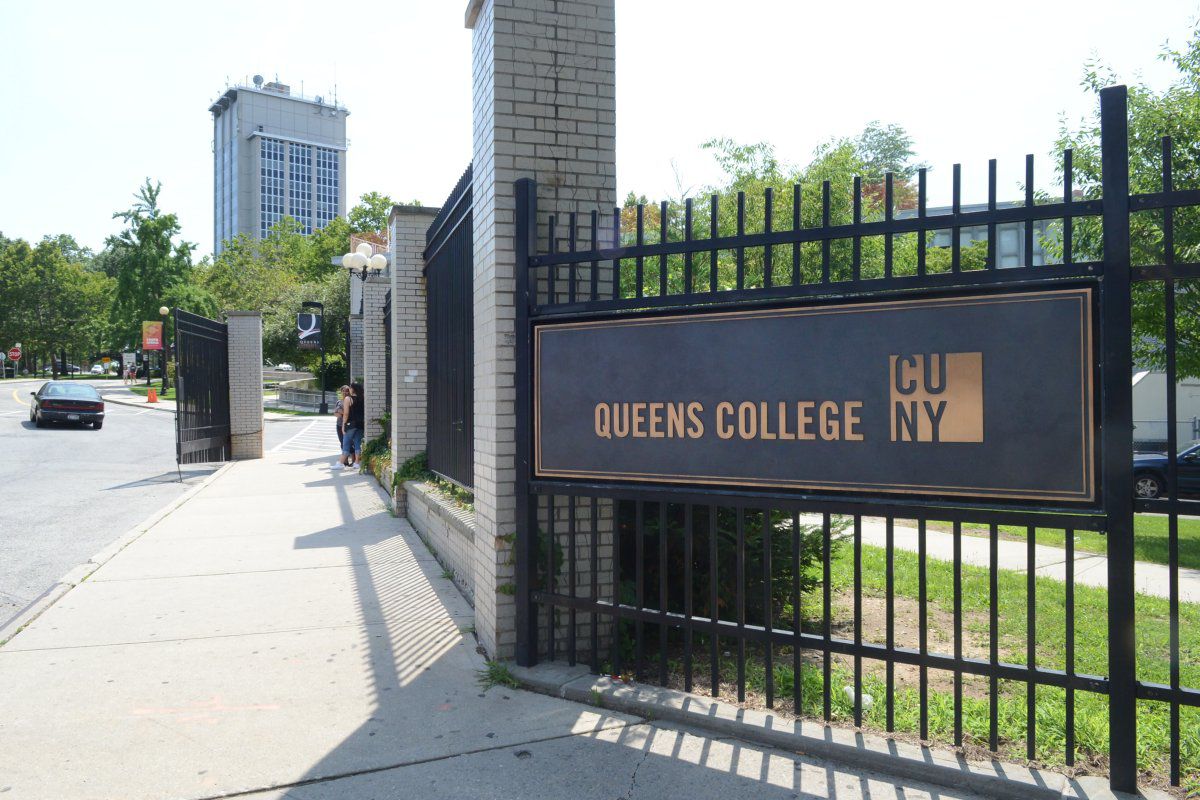Towards the end of the Spring 2018 semester, applications opened up for the CUNY Service Corps Puerto Rico Trip, an all-expenses-paid volunteer Summer program which tasked students with working alongside other relief groups as part of the “New York Stands with Puerto Rico” rebuilding and recovery effort, initiated by Governor Andrew Cuomo.
Volunteers from Queens College were joined by President Félix V. Matos Rodríguez, himself a Puerto Rican native, to assist in bringing aid to residents of the island in the wake of the Hurricanes Irma and Maria destruction. Though many organizations part of this larger initiative remain at work in Puerto Rico, the Service Corps program ended in August, with student volunteers having come to the aid of more than 100 households during their time there.
“Having the opportunity to work on disaster relief in Puerto Rico was totally life changing. What made the program so special and work so well was the teamwork aspect and the integration of CUNY and SUNY students working together. This encouraged us to not only complete our task efficiently but encouraged us to create life lasting bonds with people who were once considered strangers. This also allowed us to be exposed to the many different cultures that belonged to the SUNY students. By the end of the program we were a family, not just a random group of students from scattered locations around New York. The one thing I do regret about the program was the amount of mandatory group activities we were forced to participate in. I would have preferred to have more free days for us to roam around on our lonesomes and explore the island ourselves. Nevertheless, if I could turn back time and do it again I would.“ said Janielle Moye, junior and psychology major about the experience. Service Corps work during the project consisted of reconstruction, primarily alongside two particular organizations, “Nechama” and “Heart 9/11.”
“Nechama” had a larger share of students, consisting of 40 volunteers tasked with jobs such as roof repair, painting, priming and other repairs on damaged homes. “Heart 9/11’s” group consisted of 11 Service Corps members who worked on more complex tasks such as power restoration, carpentry and the complete reconstruction of entire houses.
Volunteers were dispatched to provide aid to different parts of the island. Heart 9/11 and Nechama mainly worked in and around San Juan, with some others working further out in the countryside.
Carmine Couloute, president of Student Association at QC is a member of Service Corps who worked with the Nechama group during the Puerto Rico trip. Couloute noted there was a noticeable “shortage of people,” on the island.
Many residents whose homes were too completely damaged or destroyed by the storms were forced to seek refuge in the mainland United States, with nothing left for them to one day return to.
A significant number of the students who volunteered for this program were personally impacted by the events in Puerto Rico, several of them being Puerto Rican themselves and having family there. Others felt it was their responsibility to help as fellow Americans and neighbors, or could empathize with those affected for their own reasons. “My personal motivation stems from being Haitian,” said Couloute. “When the earthquake struck [Haiti] in 2010, I remember not being able to help…you understand what it feels like to go through that. Like, is my family okay? Are the people you love okay? You just want to make sure you give back.”
Volunteers found they were not alone in performing their work. Many Puerto Ricans came together during this time to help not only the relief workers, but one another as well, sharing supplies that others around them might need and assisting in whatever way they could with rebuilding efforts.
Randy Muñiz, a 20-year-old lifelong resident of Añasco, a city on the west coast of Puerto Rico noted the unity seen on the island post-Hurricane Maria.
“Communities and neighborhoods came together,” Muñiz said, adding,”Everyone was very selfless, I think is the word. Like some people with generators would let the others use a cable extension to connect a fridge or a fan or whatever. My mom usually had cold drinks after we got a generator and gave them to the kids next door or any visitors.”
Couloute sees this and the work that was done for each home the Service Corps helped as something that will have a lasting impact for Puerto Rico. However, she also believes that this may not be enough to significantly change the situation there, given its magnitude. “I would say that it is long-lasting, but I don’t think it’s long-lasting enough,” she said. “It takes more than one summer to fix something that dire, it takes years. That’s why I hope that this program continues on to the winter, and the summer, and the summer after that.”














